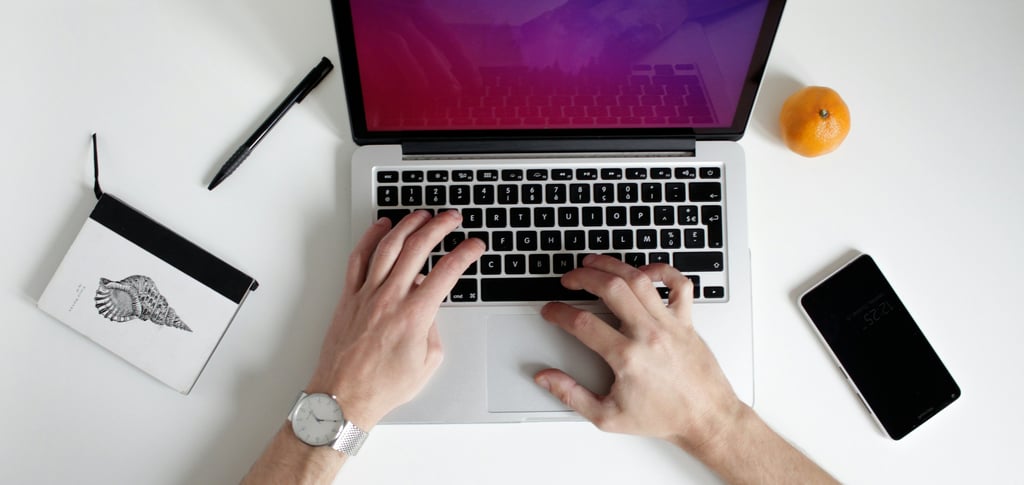How to Build a Lean Design Process as a UI UX Designer in a Startup
If you're a UI UX designer working in a startup, you know how messy and fast things can get. In this post, I’ve shared a simple, no-fluff approach to building a lean design process that actually works in a startup setup. From aligning with the team to quick prototyping, testing, and iterating — this is everything I wish I knew earlier.
4/7/20252 min read


How to Build a Lean Design Process as a UI UX Designer in a Startup
If you’re working as a UI UX designer in a startup, you already know things move fast — sometimes too fast. You’re expected to solve real problems, design clean user flows, and push things to dev… all while figuring things out on the go. That’s where having a lean design process really helps.
In this post, I’ll walk you through how to build a lean design process as a UI UX designer in a startup, especially when you’re short on time, resources, or clarity (which, let’s be honest, is most of the time in early-stage startups).
First, What Do We Mean by “Lean Design Process”?
It’s basically a lightweight, fast-moving approach to product design. Instead of long research phases and pixel-perfect UI upfront, you focus on quick iterations, constant user feedback, and building just enough to test the core idea.
Think of it as designing with just enough detail to keep moving forward — but not so much that you’re stuck in endless loops of “perfecting.”
Why This Matters in a Startup
Startups don’t have the luxury of spending months on deep research or high-fidelity flows that may never see the light of day. Here’s why a lean design process is a game changer:
You save time and money by validating ideas early
You get user feedback fast — before development
You can pivot quickly without wasting effort
It forces you to prioritize what actually matters to users
How to Build a Lean Design Process
(Step-by-Step)
1. Get Clarity on the Business Problem
Before jumping into screens, take a step back. Talk to the founder or product lead and ask:
What’s the goal right now? (MVP? Retention? Activation?)
Who’s the target user?
What does success look like?
2. Get Clarity on the Business Problem
Define Quick Personas and User Flows
Who the user is
What their pain points are
The main actions they need to take
…is enough to get started.
Use FigJam, Miro, or even a whiteboard to quickly map it all out.
3. Prototype Fast
Your goal isn’t to impress — it’s to test ideas. Use Figma to create wireframes or even UI if design system is ready it would not take much time.
Key user flows (onboarding, purchase, whatever your core feature is)
Reducing friction
Keeping it simple
4. Test early
Don’t wait for the perfect version to get feedback. Share your prototype with 5–10 users (internal team, early adopters, etc.). Watch how they use it. Ask questions. Look for confusion or drop-offs.
5. Work Closely With Devs
In a lean setup, collaboration is key. Sit with your dev team (or Slack them constantly) while you’re designing. Share design tokens, logic, and behavior — not just static screens.
This helps avoid back-and-forth later and makes the handoff smooth.
6. Iterate After Launch
Once your MVP or feature is live, watch how people are actually using it. Use Hotjar, FullStory, or Mixpanel to track real behavior.
If you’re figuring out how to build a lean design process as a UI UX designer in a startup, remember this: speed is important, but direction matters more.
Design just enough to learn something new. Stay close to users. Collaborate early with devs. And don’t over-invest in anything you haven’t validated yet.
Start simple. Learn fast. Then iterate. That’s how you design lean — and build products that actually work.
